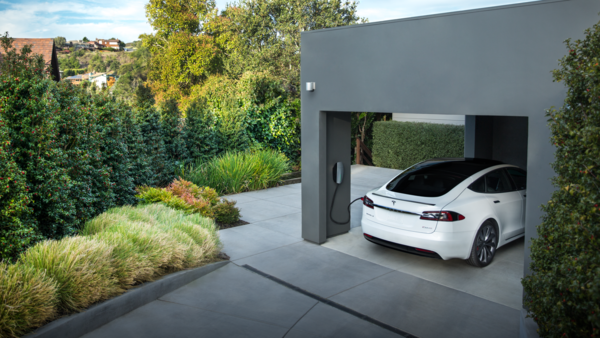
Breaking News
 They've Been Feeding You Poison (And Calling It Food)
They've Been Feeding You Poison (And Calling It Food)
 Tattoo ink may cause prolonged changes to the immune system
Tattoo ink may cause prolonged changes to the immune system
 Travel gadget promises to dry and iron your clothes – totally hands-free
Travel gadget promises to dry and iron your clothes – totally hands-free
 Duckweed: A sustainable, protein-packed food source smeared by Big Ag
Duckweed: A sustainable, protein-packed food source smeared by Big Ag
Top Tech News
 Perfect Aircrete, Kitchen Ingredients.
Perfect Aircrete, Kitchen Ingredients.
 Futuristic pixel-raising display lets you feel what's onscreen
Futuristic pixel-raising display lets you feel what's onscreen
 Cutting-Edge Facility Generates Pure Water and Hydrogen Fuel from Seawater for Mere Pennies
Cutting-Edge Facility Generates Pure Water and Hydrogen Fuel from Seawater for Mere Pennies
 This tiny dev board is packed with features for ambitious makers
This tiny dev board is packed with features for ambitious makers
 Scientists Discover Gel to Regrow Tooth Enamel
Scientists Discover Gel to Regrow Tooth Enamel
 Vitamin C and Dandelion Root Killing Cancer Cells -- as Former CDC Director Calls for COVID-19...
Vitamin C and Dandelion Root Killing Cancer Cells -- as Former CDC Director Calls for COVID-19...
 Galactic Brain: US firm plans space-based data centers, power grid to challenge China
Galactic Brain: US firm plans space-based data centers, power grid to challenge China
 A microbial cleanup for glyphosate just earned a patent. Here's why that matters
A microbial cleanup for glyphosate just earned a patent. Here's why that matters
 Japan Breaks Internet Speed Record with 5 Million Times Faster Data Transfer
Japan Breaks Internet Speed Record with 5 Million Times Faster Data Transfer
Where Will EV Charging Stations Of The Future Be Located?

DRIVEWAYS, NOT GAS STATIONS, ARE THE EV FUELING STATIONS OF THE FUTURE
The adoption of any new technology is a gradual process, and it always takes time for people to break free of their old ways of doing things. Early TV shows were basically filmed radio plays, and early web sites looked like magazine pages with hyperlinks. Today, even as visionaries are visualizing a world in which transportation runs on electricity, many people can't let go of the gas station paradigm. In 2017, a USB auto analyst and Tesla skeptic took this short-sightedness to a ludicrous level when he speculated that Tesla would need to deploy 30,000 Superchargers (at a cost of $8 billion) "to match the convenience of the US gas infrastructure."
*This article comes to us courtesy of EVANNEX (which also makes aftermarket Tesla accessories). Authored by Charles Morris. The opinions expressed in these articles are not necessarily our own at InsideEVs.
 |
Above: Tesla Model S charging at home (Source: Tesla)
Of course, EV owners instantly saw the absurdity (and mercilessly ridiculed the poor square online). Most charging takes place at home, and one of the joys of EV ownership is never again having to visit a gas station.
Industry experts disagree about how much and what kinds of infrastructure will be needed in the EV ecosystem of the future, but there's no question that public charging will have a role to play. As Tesla understood from the beginning, drivers need to make long road trips, so highway fast chargers like the Supercharger network are a necessity. There's also the question of drivers who live in apartments with no dedicated parking spaces.
Management consulting firm McKinsey & Company has published a number of studies examining the coming transition to e-mobility. In a recent blog post, Hauke Engel, a partner with the McKinsey Center for Future Mobility, offers some thoughtful insights into the future of EV charging. "The vast majority of EV owners in the U.S. will likely charge in their own driveways," Engel writes, noting that "driveway and garage car charging is cost-effective because it uses off-peak residential, as opposed to commercial, electricity prices. This prediction is supported by McKinsey's own forecast of zip-code-level EV penetration data: suburbs will emerge as hot spots for early EV adopters."
 |

 Advanced Propulsion Resources Part 1 of 2
Advanced Propulsion Resources Part 1 of 2

